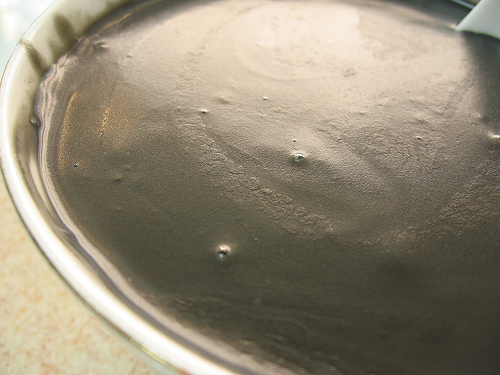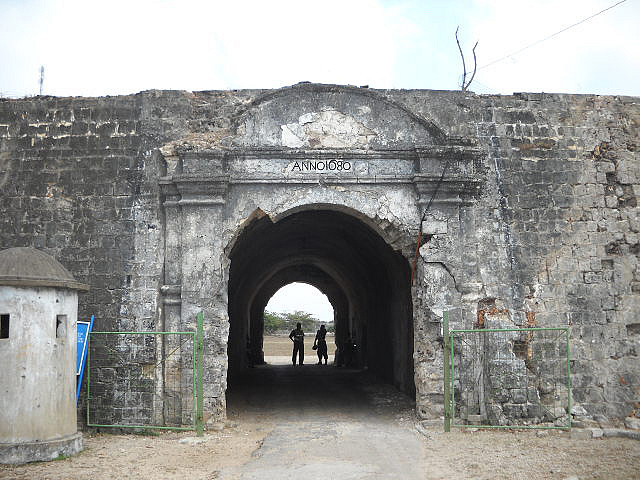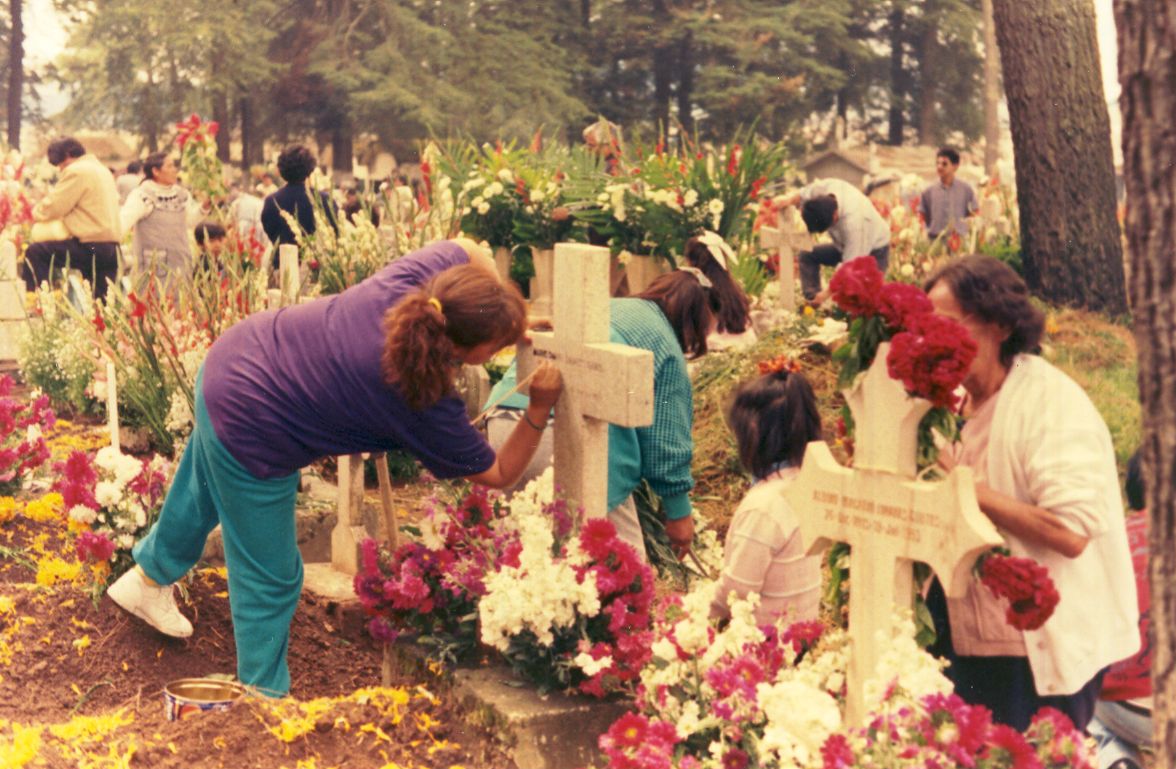|
Rock Candy
Rock candy or sugar candy, also called rock sugar, or crystal sugar, is a type of confection composed of relatively large sugar crystals. This candy is formed by allowing a supersaturated solution of sugar and water to crystallize onto a surface suitable for crystal nucleation, such as a string, stick, or plain granulated sugar. Heating the water before adding the sugar allows more sugar to dissolve thus producing larger crystals. Crystals form after 6 to 7 days. Food coloring may be added to the mixture to produce colored candy. Nomenclature Etymologically, "sugar candy" derives from late 13th century English (in reference to "crystallized sugar"), from Old French ''çucre candi'' (meaning "sugar candy"), and ultimately from Arabic ''qandi'', from Persian ''qand'' ("cane sugar"), probably from Sanskrit ''khanda'' ("piece of sugar)", The sense gradually broadened (especially in the U.S.A.) to mean by the late 19th century "any confection having sugar as its basis". In Brita ... [...More Info...] [...Related Items...] OR: [Wikipedia] [Google] [Baidu] |
Tong Sui
''Tong sui'' (; ), also known as ''tim tong'', is a collective term for any sweet, warm soup or custard served as a dessert at the end of a meal in Cantonese cuisine. ''Tong sui'' are a Cantonese specialty and many varieties are rarely found in other regional cuisines of China. Outside of Cantonese-speaking communities, soupy desserts generally are not recognized as a distinct category, and the term ''tong sui'' is not used. In Hong Kong, Macao and Malaysia, a large variety of tong sui is served in tong sui specialty stores. Tong sui stores have also gained prominence in overseas Chinese communities, and are found in various parts of Canada, Australia and the United States. History Tong sui shops in Hong Kong mainly originated from the postwar period. Chinese migrants brought their hometown sweet soups to Hong Kong, such as red bean soup from Guangzhou and tang yuan from Shanghai. Newcomers sold tong sui in newly opened street side food stalls and Chinese tea house. ... [...More Info...] [...Related Items...] OR: [Wikipedia] [Google] [Baidu] |
Prasad
200px, Prasad thaal offered to Swaminarayan temple in Ahmedabad ">Shri Swaminarayan Mandir, Ahmedabad">Swaminarayan temple in Ahmedabad Prasada (, Sanskrit: प्रसाद, ), Prasadam or Prasad is a religious offering in Hinduism. Most often ''Prasada'' is vegetarian food especially cooked for devotees after praise and thanksgiving to the Lord. Mahaprasada (also called Bhandarā),Pashaura Singh, Louis E. Fenech, 2014The Oxford Handbook of Sikh Studies/ref> is the consecrated food offered to the deity in a Hindu temple which is then distributed and partaken by all the devotees regardless of any orientation.Chitrita Banerji, 2010Eating India: Exploring the Food and Culture of the Land of SpicesSubhakanta Behera, 2002Construction of an identity discourse: Oriya literature and the Jagannath lovers (1866-1936) p140-177.Susan Pattinson, 2011The Final Journey: Complete Hospice Care for the Departing Vaishnavas pp.220. ''Prasada'' is closely linked to the term Naivedya ( sa, न� ... [...More Info...] [...Related Items...] OR: [Wikipedia] [Google] [Baidu] |
Tarla Dalal
Tarla Dalal (3 June 1936 – 6 November 2013) was an Indian food writer, chef, cookbook author and host of cooking shows. Her first cook book, ''The Pleasures of Vegetarian Cooking'', was published in 1974. Since then, she wrote over 100 books and sold more than 10million copies. She also ran the largest Indian food web site, and published a bi-monthly magazine, ''Cooking & More''. Her cooking shows included ''The Tarla Dalal Show'' and ''Cook It Up With Tarla Dalal''. Her recipes were published in about 25 magazines and tried in an estimated 120million Indian homes. Though she wrote about many cuisines and healthy cooking, she specialized in Indian cuisine, particularly Gujarati cuisine. She was awarded the Padma Shri by Government of India in 2007, which made her the only Indian from the field of cooking to have been conferred the title. She was also awarded ''Women of the Year'' by Indian Merchants' Chamber in 2005. She died on 6 November 2013 following a heart attack.Mid-D ... [...More Info...] [...Related Items...] OR: [Wikipedia] [Google] [Baidu] |
Nepali Language
Nepali (; , ) is an Indo-Aryan language native to the Himalayas region of South Asia. It is the official, and most widely spoken, language of Nepal, where it also serves as a '' lingua franca''. Nepali has official status in the Indian state of Sikkim and in the Gorkhaland Territorial Administration of West Bengal. It is spoken by about a quarter of Bhutan's population. Nepali also has a significant number of speakers in the states of Arunachal Pradesh, Assam, Himachal Pradesh, Manipur, Meghalaya, Mizoram and Uttarakhand. In Myanmar it is spoken by the Burmese Gurkhas. The Nepali diaspora in the Middle East, Brunei, Australia and worldwide also use the language. Nepali is spoken by approximately 16 million native speakers and another 9 million as a second language. Nepali is commonly classified within the Eastern Pahari group of the Northern zone of Indo-Aryan. The language originated from the Sinja Valley, Karnali Province then the capital city of the Khasa K ... [...More Info...] [...Related Items...] OR: [Wikipedia] [Google] [Baidu] |
Sweetener
{{Wiktionary, sweetener A sweetener is a substance added to food or drink to impart the flavor of sweetness, either because it contains a type of sugar, or because it contains a sweet-tasting sugar substitute. Many artificial sweeteners have been invented and are now used in commercially produced food and drink. Natural non-sugar sweeteners also exist, such as glycyrrhizin found in licorice. List of sweeteners * Sugar **Sugar alcohol **Sucrose, or glucose-fructose, commonly called ''table sugar'' ***Fructose, or ''fruit sugar'' ***Glucose, or dextrose *Sugar substitute, or ''artificial sweetener'' * Syrups ** Agave syrup, or ''agave nectar'' **Maple syrup **Corn syrup ***High-fructose corn syrup (HFCS), used industrially *Honey *Unrefined sweetener See also * Sweet (other) Sweet is a basic taste sensation associated with sugars. Sweet may also refer to: Food * Candy or sweets * Confectionery or sweet * Dessert or sweet * Sweet (wine), a sweetness classification M ... [...More Info...] [...Related Items...] OR: [Wikipedia] [Google] [Baidu] |
Misri
Rock candy or sugar candy, also called rock sugar, or crystal sugar, is a type of confection composed of relatively large sugar crystals. This candy is formed by allowing a supersaturated solution of sugar and water to crystallize onto a surface suitable for crystal nucleation, such as a string, stick, or plain granulated sugar. Heating the water before adding the sugar allows more sugar to dissolve thus producing larger crystals. Crystals form after 6 to 7 days. Food coloring may be added to the mixture to produce colored candy. Nomenclature Etymologically, "sugar candy" derives from late 13th century English (in reference to "crystallized sugar"), from Old French ''çucre candi'' (meaning "sugar candy"), and ultimately from Arabic ''qandi'', from Persian ''qand'' ("cane sugar"), probably from Sanskrit ''khanda'' ("piece of sugar)", The sense gradually broadened (especially in the U.S.A.) to mean by the late 19th century "any confection having sugar as its basis". In Brita ... [...More Info...] [...Related Items...] OR: [Wikipedia] [Google] [Baidu] |
Jaffna
Jaffna (, ) is the capital city of the Northern Province of Sri Lanka. It is the administrative headquarters of the Jaffna District located on a peninsula of the same name. With a population of 88,138 in 2012, Jaffna is Sri Lanka's 12th most populous city. Jaffna is approximately from Kandarodai which served as an emporium in the Jaffna peninsula from classical antiquity. Jaffna's suburb Nallur served as the capital of the four-century-long medieval Jaffna Kingdom. Prior to the Sri Lankan Civil War, it was Sri Lanka's second most populous city after Colombo. The 1980s insurgent uprising led to extensive damage, expulsion of part of the population, and military occupation. Since the end of civil war in 2009, refugees and internally displaced people began returning to homes, while government and private sector reconstruction started taking place. Historically, Jaffna has been a contested city. It was made into a colonial port town during the Portuguese occupation of the J ... [...More Info...] [...Related Items...] OR: [Wikipedia] [Google] [Baidu] |
Tamil Cuisine
Tamil cuisine is a culinary style originating in the southern Indian state of Tamil Nadu and other countries of South Asia like Sri Lanka. Both vegetarian cuisine and non-vegetarian cuisine are popular among the Tamil people and have been since ancient times. Meats, along with rice, legumes, and lentils, are also popular. Dairy products and tamarind are used to provide sour flavors. On special occasions, traditional Tamil dishes are served in a traditional manner, using banana leaves in place of utensils. After eating, the banana leaves are then used as a secondary food for cattle. A typical breakfast meal consists of idli or dosa with chutney. Lunch includes Rice, sambar, curd, kuzhambu, and rasam. Typical meals (a typical meal), along with other Tamil dishes are served on a banana leaf (vaazhai illai), which adds flavor. Puddings such as payasam are eaten first. Coffee and tea are the staple drinks. "Virundhu" refers to the core elements of Tamil cuisine offered to the g ... [...More Info...] [...Related Items...] OR: [Wikipedia] [Google] [Baidu] |
Fryske Sûkerbôle
''Suikerbrood'' ("Sugar bread"; , french: craquelin) is a yeast-based bread. It is a Frisian luxury version of white bread, with large lumps of sugar mixed in with the dough. It contains a significant amount of sugar, traditionally added as nib sugar, though sometimes sugar cubes are used. While eaten throughout the Netherlands and Belgium, it is especially associated with Friesland. ''Suikerbrood'' is usually flavored with cinnamon and sometimes with ginger Ginger (''Zingiber officinale'') is a flowering plant whose rhizome, ginger root or ginger, is widely used as a spice A spice is a seed, fruit, root, bark, or other plant substance primarily used for flavoring or coloring food. Spices .... Traditionally, a ''suikerbrood'' is given as a present to the parents after a baby's birth. References Dutch cuisine Sweet breads {{bread-stub ... [...More Info...] [...Related Items...] OR: [Wikipedia] [Google] [Baidu] |
Friesland
Friesland (, ; official fry, Fryslân ), historically and traditionally known as Frisia, is a province of the Netherlands located in the country's northern part. It is situated west of Groningen, northwest of Drenthe and Overijssel, north of Flevoland, northeast of North Holland, and south of the Wadden Sea. As of January 2020, the province had a population of 649,944 and a total area of . The province is divided into 18 municipalities. The capital and seat of the provincial government is the city of Leeuwarden (West Frisian: ''Ljouwert'', Liwwaddes: ''Liwwadde''), a city with 123,107 inhabitants. Other large municipalities in Friesland are Sneek (pop. 33,512), Heerenveen (pop. 50,257), and Smallingerland (includes city of Drachten, pop. 55,938). Since 2017, Arno Brok is the King's Commissioner in the province. A coalition of the Christian Democratic Appeal, the People's Party for Freedom and Democracy, the Labour Party, and the Frisian National Party forms the executive ... [...More Info...] [...Related Items...] OR: [Wikipedia] [Google] [Baidu] |
Day Of The Dead
The Day of the Dead ( es, Día de Muertos or ''Día de los Muertos'') is a holiday traditionally celebrated on November 1 and 2, though other days, such as October 31 or November 6, may be included depending on the locality. It is widely observed in Mexico, where it largely developed, and is also observed in other places, especially by people of Mexican heritage. Although related to the simultaneous Christian remembrances for Hallowtide, it has a much less solemn tone and is portrayed as a holiday of joyful celebration rather than mourning. The multi-day holiday involves family and friends gathering to pay respects and to remember friends and family members who have died. These celebrations can take a humorous tone, as celebrants remember funny events and anecdotes about the departed. Traditions connected with the holiday include honoring the deceased using calaveras and marigold flowers known as ''cempazúchitl'', building home altars called '' ofrendas'' with the favorite fo ... [...More Info...] [...Related Items...] OR: [Wikipedia] [Google] [Baidu] |






